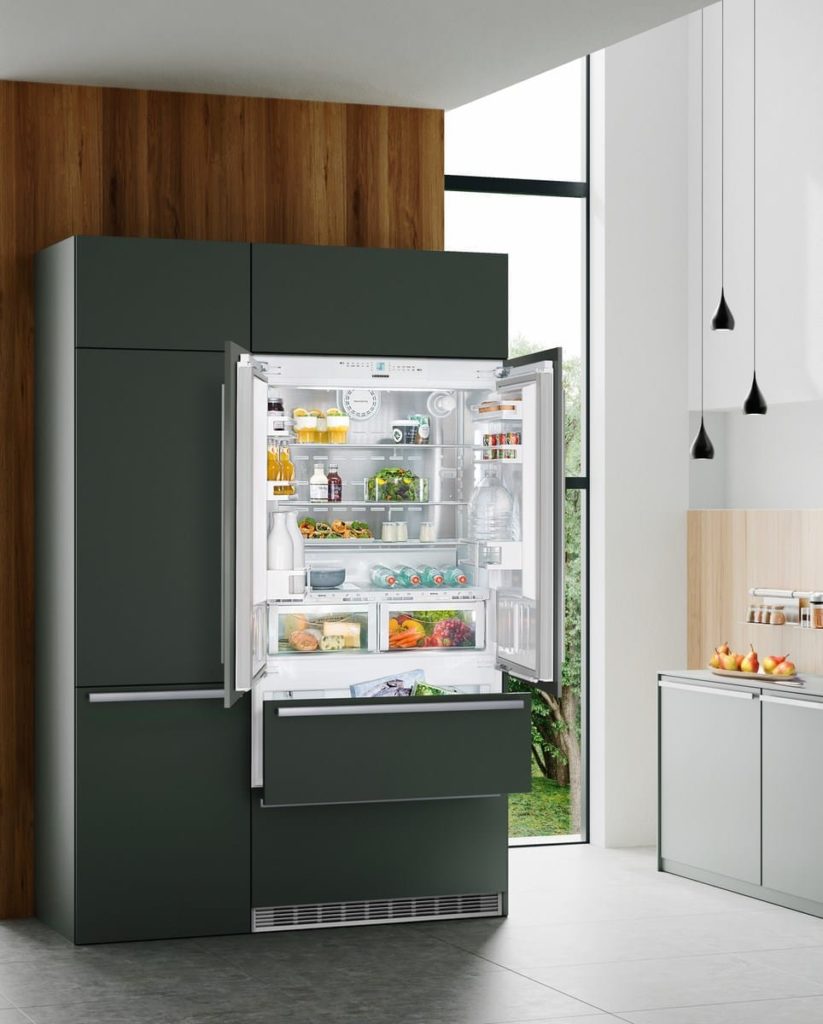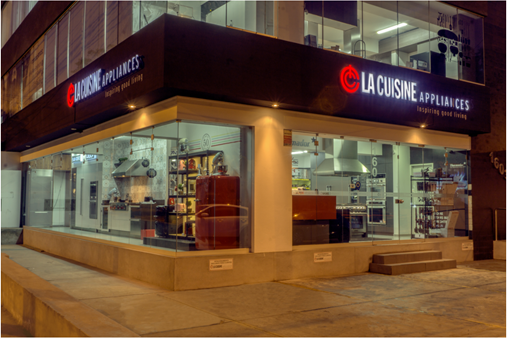
Our Company
Locations
Contact Us
Newsletter
Sign up to receive email updates on the latest products, collections and campaigns.

Organizing the refrigerator should be a school subject before taking on the responsibility of running a house or living alone. Why? Well, because it’s an important matter full of keys to follow.
That is, it’s not enough to place the perishable food you just purchased inside the refrigerator. Storing food in this appliance involves several strategies that when are well implemented can even optimize your budget and prevent food from spoiling.
The 5 steps to the correct organization of the refrigerator
Step 1. Cooling needs. Organizing the refrigerator based on cooling or temperature needs is the foundation of the correct order inside this appliance. Doing so also optimizes food preservation.
Thus, you should place jams, sauces, or non-dairy drinks on the top shelf and the door of the refrigerator. We want to emphasize the latter because it’s a common mistake to place dairy on the doors, when these products should be preserved in the middle shelve of this appliance even after being opened, along with butter, cheeses, and ham.
Step 2. Privileging the old over the new. Here, we insist on the order in which you made your purchase. Privileging the old over what’s new means that when you arrive with your groceries, you should put what was already in the fridge in the front row, which expires first, and place what you just brought home at the back of the refrigerator.
Step 3. Use accessories. This means that before putting a plate, pot, or tray in the refrigerator, prefer Tupperwares with a lid. If you are a plastic hater or have joined the 0% plastic crusade, there are excellent glass Tupperwares that can become your allies.
The use of accessories not only ensures a more organized refrigerator, but also a more hygienic one, less prone to odors and less susceptible to spills.

Step 4. Separate fruits and vegetables. Storing fruits and vegetables separately in the bottom drawers of the refrigerator will preserve both types of products longer. Why? Because vegetables emit certain gases that tend to damage the fruit, which is usually more delicate.
In this sense, and as an additional tip for the preservation of this type of food, we recommend placing the fruits with strong skins or husks outside the refrigerator and cutting the vegetables, placing them in a Tupperware and freezing them to keep them fresh longer.
Step 5. The egg dilemma. Eggs need a cool, dry place at a constant temperature for optimal preservation. That’s why they shouldn’t stay out of the refrigerator unless they’re permanently in air conditioning or at a moderate temperature.
Many brands of appliances have a special place for them on the refrigerator door. However, since we tend to open and close the refrigerator door constantly, it’s not a good place for them. In this case, it’s ideal to store them in the bottom area of the appliance, inside their box, to keep them dry and insulated.
By following these simple 5 steps and making sure your refrigerator is at the right temperature (never above 4oC) your purchase will not only be organized but also kept in good condition longer. (You may also be interested in reading 4 Tips to take advantage of your refrigerator and preserve food longer).

Sign up to receive email updates on the latest products, collections and campaigns.
Carrera 9 Nº80-45
Bogotá D.C., Colombia
Monday to Friday: 11:00 a.m. - 07:00 p.m.
Saturday: 11:00 a.m. - 06:00 p.m.
(+571) 432.7408/7493

Calle 77 #72-37
Barranquilla, Colombia
Monday to Friday: 08:00 a.m. - 06:00 p.m.
Saturday: 09:00 a.m. - 01:00 p.m.
(+57) 605 352 0851

Edificio La Cuisine
Costado Suroeste, C.C. La Paco
Escazú, Costa Rica
Monday to Friday: 09:00 a.m. - 05:00 p.m.
Saturday: 10:00 a.m. - 04:00 p.m.
(+506) 4000.3555

Galerías de Puntacana No. 51
Punta Cana, La Altagracia, R.D.
Monday to Friday: 09:00 a.m. - 06:00 p.m.
Saturday: 10:00 a.m. - 01:00 p.m.
(809) 378.9999

C/Rafael Augusto Sánchez No.22,
Piantini, Santo Domingo, R.D.
Monday to Friday: 09:00 a.m. - 06:00 p.m.
Saturday: 09:00 a.m. - 01:00 p.m.
(809) 378.9999

18187 Biscayne Bvld., Aventura
FL 33160
Monday to Friday: 10:00 a.m. - 06:00 p.m.
Saturdays by appointment.
(786) 322 5432
www.lacuisineappliances.com
sales@lacuisineappliances.com

3232 Coral Way,
Miami FL 33145
Monday to Friday: 10:00 a.m. - 06:00 p.m.
Saturday: 10:00 a.m. - 03:00 p.m
(305) 442-9006
www.lacuisineappliances.com

2005 NW 115th Avenue
Miami, FL 33172
Monday to Friday: 09:00 a.m. - 05:30 p.m.
Saturday: Closed
(+1) 305 418.0010
info@lacuisineinternational.com

Obarrio. Av. Samuel Lewis,
Addison House Plaza,
Local No.11, Panamá
Monday to Friday: 09:00 a.m. - 06:00 p.m.
Saturday: 10:00 a.m. - 04:00 p.m.
(+507) 265.2546/2547

Av. Caminos del Inca 1603,
Santiago de Surco, Perú
Monday to Friday: 10:00 a.m. – 07:00 p.m.
Saturday: 10:00 a.m. – 01:00 p.m.
(+511) 637.7087

Centro Comercial San Ignacio, Nivel C, local No.5
Caracas, Venezuela
Monday to Saturday: 10:00 a.m. – 07:00 p.m.
(+58) 212 264.5252
(+58) 414 018.5352 (Wholesale)
ventas@lacuisineappliances.com

Complejo Pradera Ofibodegas No.13,
20 calle final Z. 10 Km. 6.8 Carretera a Muxbal,
Santa Catarina Pínula, Guatemala
Monday to Friday: 08:00 a.m. - 05:30 p.m.
Saturday: 09:00 a.m. - 12:30 p.m.
(+502) 6671-3400
